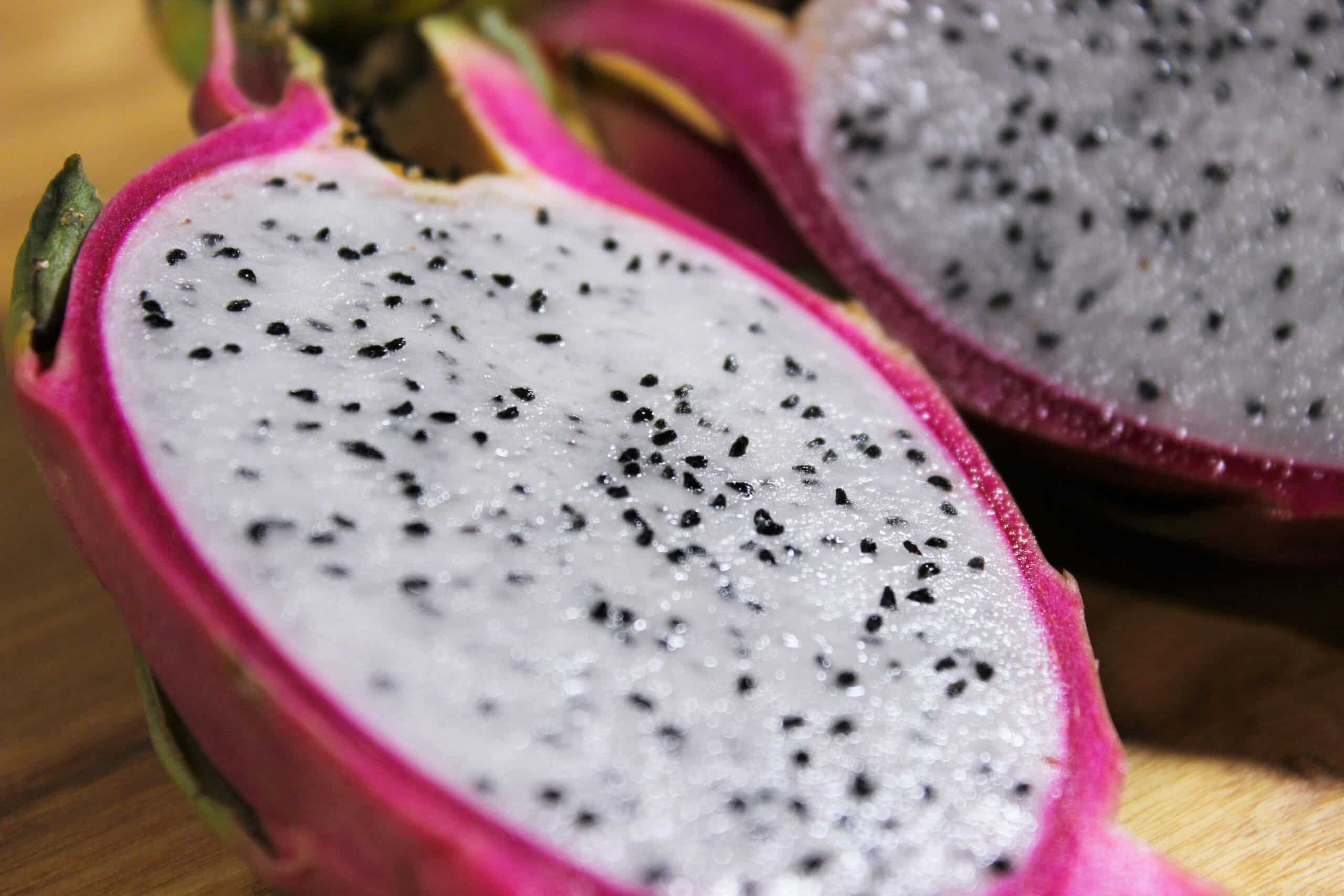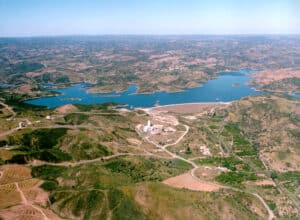In Portugal’s sunny Algarve region, a tropical fruit is emerging as an increasingly attractive product to grow for local farmers.
A European Union-backed project to study how well pitaya (or dragon fruit, as it is more commonly known) grows in the Algarve is being developed in the eastern Algarve, where an “experimental field” was set up outside Vila Nova de Cacela in Vila Real de Santo António.
Pitaya, a cactus species that thrives in dry conditions, has been found to be well-suited to the climate of the Algarve, which has been grappling with water scarcity for years. “Pitaya is a water-efficient plant, which is important in the Algarve,” says Amílcar Duarte, a professor at the University of the Algarve and a researcher at the Mediterranean Institute for Agriculture, Environment and Development (MED).
Although this exotic fruit has long existed in the region, it’s only recently that local farmers have begun cultivating it commercially, the professor told Lusa news agency. It is native to Central America and Mexico but has seen production grow in other continents, being successfully cultivated in countries such as Israel, Brazil and China.
In the Algarve, the project has found that pitayas are a “viable” option for cultivation both in greenhouses and outdoors “as long as there is no frost,” the researcher explains.
The field, with around 800 plants, was set up in 2019 and is already yielding fruit that is sold at local markets, such as in Olhão, and is holding its ground against international competition.
“It is a sweet and pleasant fruit which is very good for you,” says Duarte, noting that pitaya is considered a nutraceutical—a food with both nutritional and therapeutic benefits. Furthemore, it is a fruit that is sold at “high prices”, making it an attractive option for farmers.
With its vibrant pink skin and speckled flesh, pitaya stands out among other fruits. Known as dragon fruit due to its striking appearance, it belongs to the cactus family and is harvested in the summer and early autumn. The fruit’s interior can be either white or red, dotted with tiny black seeds, and its sweet, refreshing taste is often compared to watermelon.
Duarte believes dragon fruit offers a significant opportunity for small farmers in the Algarve. “It is generating a lot of interest because it’s exotic, looks different than what we are used to and it saves water,” he says. The increasing demand from consumers, coupled with the desire among producers to diversify their offerings, is driving the fruit’s popularity. The fact that it is “healthy and grown locally” is another factor that the researcher believes justified its increasing notoriety.
Agronomist Ana Rita Trindade, who manages the experimental pitaya field, agrees that the fruit is a viable alternative for Algarve farmers to “diversify their production.”
“After five years, I think I can now say that it is economically attractive because it sells at relatively high prices,” Trindade told Lusa, explaining that dragon fruit produced in the Algarve is of higher quality as it has more time to ripen.
“Our fruit is harvested closer to the ideal point of consumption, unlike the imported ones,” she said, adding that people are also learning how to eat pitaya.
“A few years ago, people didn’t know how to eat pitaya, but now they do. It’s normal, there was a lot that we also did not know,” the agronomist added, comparing the experience of eating pitaya to enjoying a chilled watermelon.


























